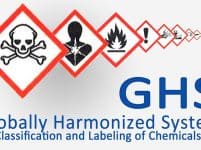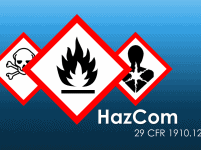7 Useful Health & Safety Apps on the Market
Technology has truly transformed the health and safety ecosystem. The following applications are useful tools to help businesses assess and improve their health and safety programs. 1. The Safety Compass The safety compass is a Health and Safety risk management app designed for workers to help them manage and avoid dangers in the workplace. This […] READ MORE...





